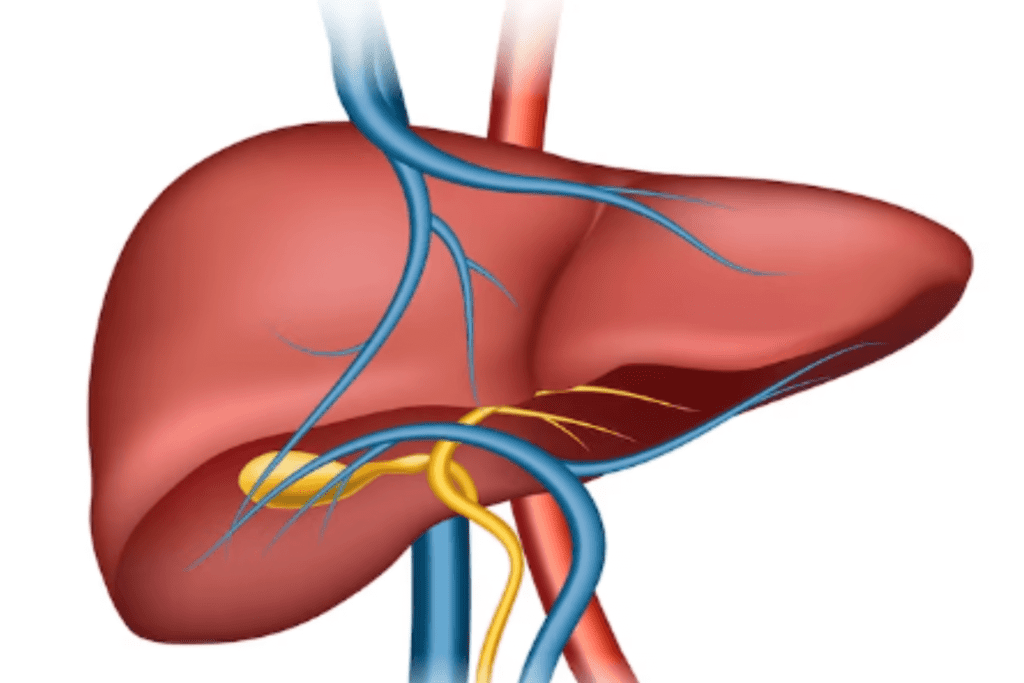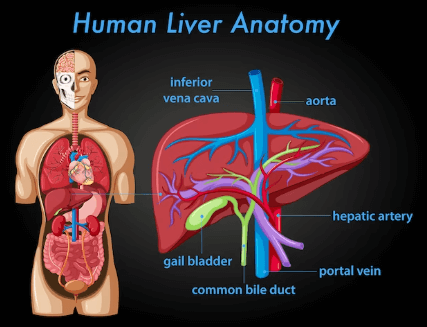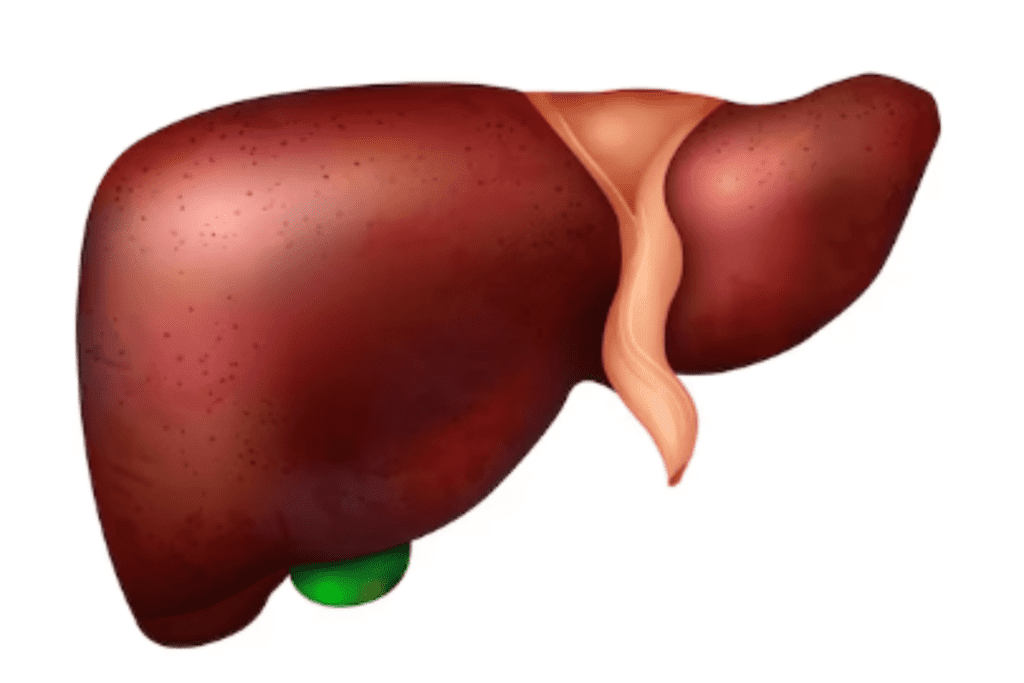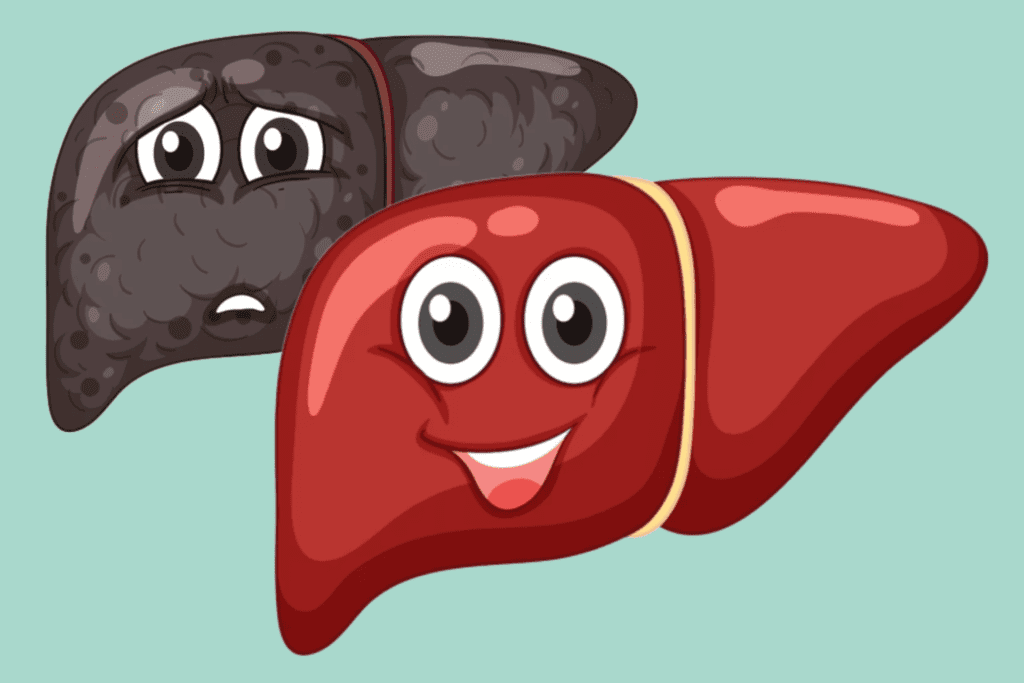We sometimes add products that we believe may be beneficial to our readers. We may receive a small commission if you purchase using the links on this page. Read our affiliate disclaimer
The liver, an essential organ, is situated in the upper-right quadrant of the abdomen. Weighing about three pounds, it serves numerous vital functions, including metabolism, detoxification, bile production, nutrient storage, blood clot regulation, and immune support. This remarkable organ processes nutrients from food, filters toxins from the bloodstream, and produces bile for digestion. It stores vital vitamins and minerals, regulates blood sugar levels, and contributes to the immune response. Maintaining a healthy lifestyle is crucial for the liver’s proper functioning and overall well-being.
Table of Contents
ToggleLiver Functions
The liver performs several critical functions necessary for maintaining overall health. Some of its main functions include:

Metabolism
Carbohydrates, proteins, and fats are metabolized by converting glucose into glycogen for storage and energy release. Proteins are synthesized, and excess amino acids are transformed into other substances.
Detoxification
Acting as a detoxifying organ, harmful substances such as toxins, drugs, alcohol, waste products, and pollutants are filtered from the bloodstream. These substances are transformed into less toxic forms and eliminated through urine or bile.
Albumin Production
The production of albumin, a vital protein, helps maintain fluid balance, transports substances in the bloodstream, regulates pH, supports immune function, and aids in wound healing. Insufficient albumin production can lead to health complications.
Bile Production
Bile plays a critical role in digesting and absorbing fats. It is comprised of bile salts, cholesterol, bilirubin, and other components. Bile is stored in the gallbladder and released into the small intestine to aid in the breakdown and absorption of dietary fats.
Nutrient Storage
Essential nutrients, including vitamins (A, D, E, K, and B12) and minerals (iron, copper), are stored in the liver. These stored nutrients are released into the bloodstream when needed for metabolic processes.
Protein Synthesis
Various proteins, including albumin, the most abundant protein in the blood, are synthesized. Albumin helps maintain proper fluid balance by preventing fluid leakage from blood vessels. The liver also synthesizes clotting factors, immune proteins, and transport proteins.
Blood Clotting
Clotting factors such as fibrinogen and prothrombin are produced for proper blood clot formation. These factors help prevent excessive bleeding by promoting blood clot formation in case of injury or damage to blood vessels.
Immune Function
Specialized immune cells called Kupffer cells reside in the liver and actively filter and remove bacteria, viruses, and foreign substances from the bloodstream. They play a crucial role in the body’s immune response and protect against infections.
Drug Metabolism
Medications and drugs are metabolized by the liver, transforming them into easily eliminable forms through urine or bile. This process ensures the safe removal of drugs from the body.
Hormone Regulation
The liver aids in hormone metabolism, assisting in the elimination and balancing of hormones within the body. This function is crucial for maintaining hormonal homeostasis and preventing imbalances that could lead to health complications.
Anatomy of the Liver

The liver, the largest solid organ in the human body, resides in the upper-right quadrant of the abdomen, beneath the diaphragm. It consists of two primary lobes, the right lobe, and the left lobe, further divided into smaller lobules. Hepatic cells, known as hepatocytes, constitute each lobule, which receives blood from two main sources:
The Hepatic Artery: Providing oxygenated blood
The Portal Vein: Carrying nutrient-rich blood from the digestive system. This rich blood supply enables the liver to perform its essential functions effectively.
Colour
The liver exhibits a distinct reddish-brown color, primarily attributed to its blood vessels, bile, and associated pigments. However, the exact color may vary based on individual variations and blood supply.
Weight
Weighing between 1.2 to 1.5 kilograms (2.6 to 3.3 pounds) on average, the liver is the largest solid organ in the body. Its weight can vary depending on factors such as age, sex, body size, and overall health.
Parts
The liver comprises several anatomical parts crucial to its structure and function, including:
Caudate Lobe:
A small lobe is located on the posterior side, next to the inferior vena cava. It is shaped like a tail and is anatomically distinct from the other lobes.
Quadrate Lobe:
Another small lobe was found on the undersurface, near the gallbladder. It is quadrilateral in shape.
Porta Hepatis:
The porta hepatis is a region on the undersurface where important structures enter and exit. It includes the hepatic portal vein, hepatic artery, and bile ducts.
Falciform Ligament:
This ligament is a fold of the peritoneum that separates the right and left lobes. It also attaches to the anterior abdominal wall.
Round Ligament (Ligamentum Teres):
The round ligament is a fibrous remnant of a fetal blood vessel known as the umbilical vein. It runs within the free edge of the falciform ligament.
Hepatic Lobules:
The organ is made up of numerous functional units called hepatic lobules. Each lobule consists of plates of hepatocytes (cells) radiating from a central vein.
Hepatic Portal Vein:
The major blood vessel carries nutrient-rich blood from the gastrointestinal tract, spleen, and pancreas. It delivers absorbed nutrients for processing and detoxification.
Hepatic Artery:
The artery is responsible for supplying oxygenated blood. It branches from the main artery of the abdominal region, the aorta.
Bile Ducts:
Bile, necessary for the digestion and absorption of fats, is produced. Bile is transported through a network of ducts, including the common hepatic duct, which joins the cystic duct to form the common bile duct. The common bile duct then carries bile to the gallbladder or directly to the small intestine.
Location of the Liver
The liver finds its position in the upper-right quadrant of the abdominal cavity, resting beneath the diaphragm. Stretching across the midline of the body, it occupies a substantial portion of the upper abdomen, below the right lung and ribcage. This vital organ is surrounded by neighboring organs like the stomach, gallbladder, and intestines. While slight variations in its exact location may occur among individuals, the liver generally resides within the abdominal cavity’s same general area.
Conclusion
In conclusion, the liver is an extraordinary organ with numerous vital functions crucial for maintaining overall health. Its role in metabolism, detoxification, bile production, nutrient storage, immune support, and many other processes highlights its significance. The liver’s anatomy, including its lobes, lobules, and blood supply, contributes to its efficient performance. Understanding the liver’s functions and location underscores its crucial role in maintaining homeostasis and overall well-being. Taking proactive measures to care for the liver through a healthy lifestyle and regular medical check-ups is essential for optimal liver function and overall health.
Read Next: 10 Functions of The Liver
Resources
Image Designed by Freepik
References
https://www.ncbi.nlm.nih.gov/books/NBK535438/
https://www.ncbi.nlm.nih.gov/books/NBK279393/
https://www.britannica.com/science/liver
https://www.ncbi.nlm.nih.gov/pmc/articles/PMC4038911/
https://www.ncbi.nlm.nih.gov/pmc/articles/PMC6448666/





